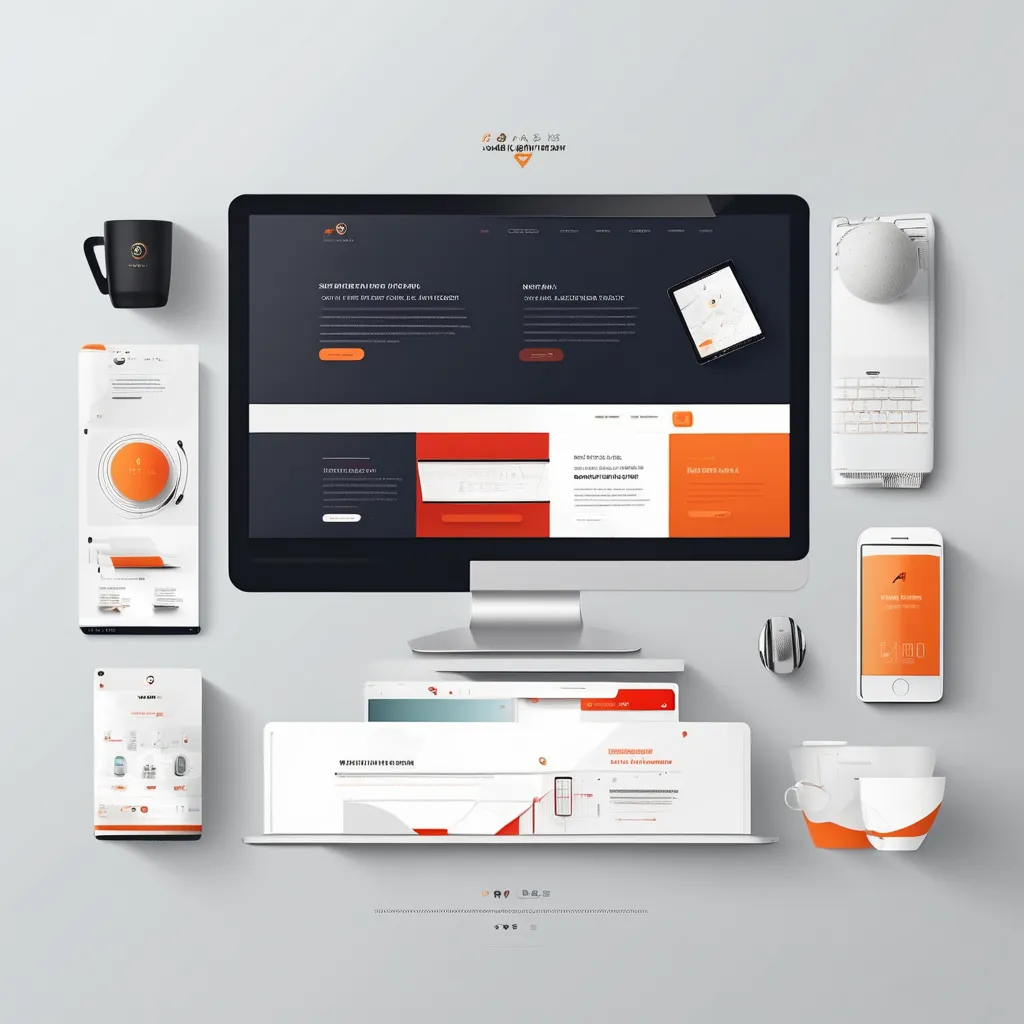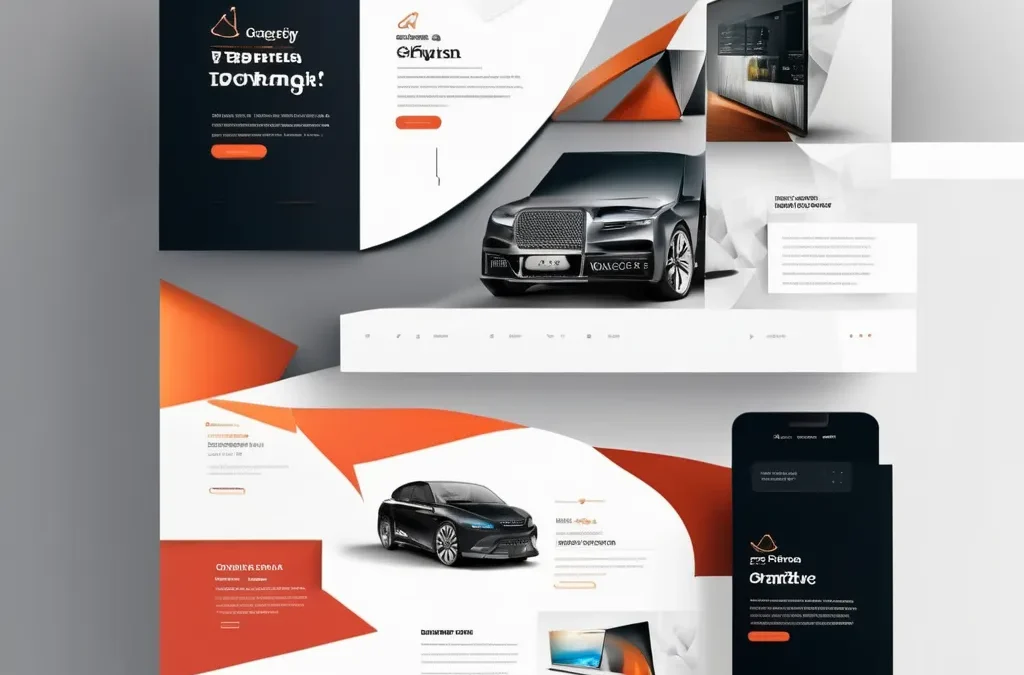Accessibility Web Design
Contents
- 1 Accessibility Web Design
- 1.1 Introduction
- 1.2 Understanding Accessibility Web Design
- 1.3 Key Principles
- 1.4 Implementing Accessibility Web Design: Best Practices
- 1.5
- 1.6
- 1.7
- 1.8 Common Challenges in Accessibility Web Design and How to Overcome Them
- 1.9 The Future of Accessibility Web Design
- 1.10 FAQs
- 1.10.1 What is the difference between accessibility and usability in web design?
- 1.10.2 How can small businesses implement accessibility web design on a budget?
- 1.10.3 What are the most common accessibility barriers on websites?
- 1.10.4 How does accessibility web design benefit all users, not just those with disabilities?
- 1.10.5 What tools can I use to test my website’s accessibility?
- 1.11 Conclusion
Introduction
Did you know that Accessibility Web Design helps everyone use the internet? Imagine a world where every website is easy to use for everyone, including people with disabilities. Accessibility Web Design makes this possible. It helps people see, hear, and navigate websites without trouble. Whether you are a homeowner, a landscaper, or just someone who loves DIY projects, Accessibility Web Design can make your online experience better. Let’s explore how making websites accessible can bring benefits and create a more inclusive digital world.
Understanding Accessibility Web Design
What is Accessibility Web Design?
Accessibility Web Design means creating websites that everyone can use. This includes people with different abilities. It’s about making sure everyone can read, navigate, and interact with websites easily.
- Inclusive Design: Designing for all users.
- User-Friendly: Easy to use for everyone.
Legal and Ethical Considerations in Accessibility Web Design
Legal Requirements
There are laws that require websites to be accessible.
- ADA Compliance: The Americans with Disabilities Act.
- WCAG Guidelines: Web Content Accessibility Guidelines.
Ethical Responsibility
Creating accessible websites is the right thing to do.
- Fairness: Everyone deserves equal access.
- Respect: Valuing all users.
Key Principles
Perceivable Content
Content must be seen and heard by all users.
- Text Alternatives: Use alt text for images.
- Adaptable Content: Present information in different ways.
Operable Interface
Users should be able to interact with the website.
- Keyboard Navigation: Use the keyboard to navigate.
- Clear Navigation: Easy to find your way around.
Understandable Information and User Interface
Information should be easy to read and understand.
- Simple Language: Use clear and easy words.
- Consistent Layout: Keep the design the same on all pages.
Robust Content
Content should work well with different technologies.
- Assistive Technologies: Tools that help people use the web.
- Standards Compliance: Follow web standards for best results.
Implementing Accessibility Web Design: Best Practices
Designing with Accessibility in Mind from the Start
Start designing with accessibility from day one.
- Inclusive Design Principles: Think of all users first.
- User-Centered Approach: Involve users with disabilities in design.
Using Accessible HTML and ARIA
Use the right code to make websites accessible.
- Semantic HTML: Use correct HTML tags.
- ARIA Landmarks: Add roles and labels for better navigation.
Ensuring Responsive and Mobile-Friendly
Make sure websites work on all devices.
- Responsive Design: Adjust to different screen sizes.
- Touch Accessibility: Make buttons easy to tap.
Testing and Evaluating
Check if your website is accessible.
- Accessibility Testing Tools: Use tools like WAVE.
- User Testing: Get feedback from users with disabilities.

Accessibility Web Design
Common Challenges in Accessibility Web Design and How to Overcome Them
Balancing Aesthetics and Accessibility
It can be hard to make websites look good and be accessible.
- Design Compromises: Find a balance between looks and functionality.
- Creative Solutions: Use colors and layouts that are both attractive and accessible.
Keeping Up with Evolving Accessibility Standards
Standards change, and it’s important to stay updated.
- Staying Informed: Follow updates to WCAG guidelines.
- Continuous Learning: Train your team regularly.
The Future of Accessibility Web Design
Emerging Trends
New technologies are making websites more accessible.
- AI and Machine Learning: Help improve accessibility features.
- Voice User Interfaces: Use voice commands to navigate websites.
The Growing Importance of Accessibility in SEO and User Experience
Accessibility helps with search rankings and user satisfaction.
- SEO Benefits: Accessible websites rank higher in search engines.
- Enhanced User Experience: Everyone finds websites easier to use.
FAQs
What is the difference between accessibility and usability in web design?
Accessibility ensures everyone can use a website, while usability makes it easy for all users.
How can small businesses implement accessibility web design on a budget?
Start with simple changes like adding alt text and using clear fonts. Use free tools to test accessibility.
What are the most common accessibility barriers on websites?
- Poor Navigation: Hard to find information.
- Lack of Text Alternatives: Images without descriptions.
- Inconsistent Layouts: Confusing designs.
How does accessibility web design benefit all users, not just those with disabilities?
Accessible websites are easier to use for everyone. They improve readability and navigation for all users.
What tools can I use to test my website’s accessibility?
- WAVE: Web Accessibility Evaluation Tool.
- Lighthouse: Built into Chrome for accessibility audits.
Conclusion
Creating an accessible website is important for everyone. Accessibility Web Design ensures that all users, including those with disabilities, can enjoy and benefit from your website. By following best practices and staying updated with standards, we can build a more inclusive digital world. Let’s make the internet a place where everyone feels welcome and can access the information they need.

